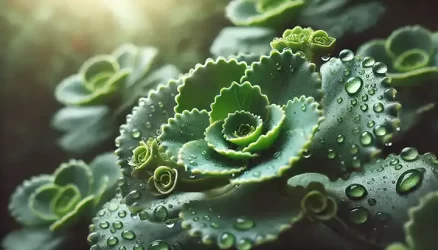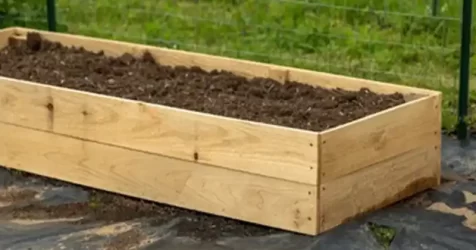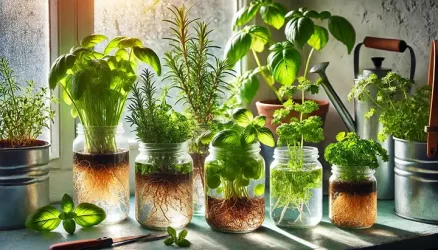How to Create a Natural Swimming Pool or Pond: An Organic Approach to Water Filtration
Natural swimming pools and ponds represent a harmonious blend of aesthetics and ecology, offering a chemical-free alternative for swimming and relaxation. Unlike traditional pools, these natural bodies of water rely on plants and microorganisms to filter and clean the water. Here’s a comprehensive guide on how to create your own natural swimming pool or pond, ensuring a sustainable and environmentally friendly oasis right in your backyard.
Understanding Natural Swimming Pools and Ponds
A natural swimming pool or pond consists of two main zones: the swimming zone and the regeneration zone. The swimming zone is where you’ll enjoy the water, free from plants and obstacles. The regeneration zone, often separated by a wall or barrier submerged a few inches below the water’s surface, is densely planted with aquatic plants that perform natural filtration.
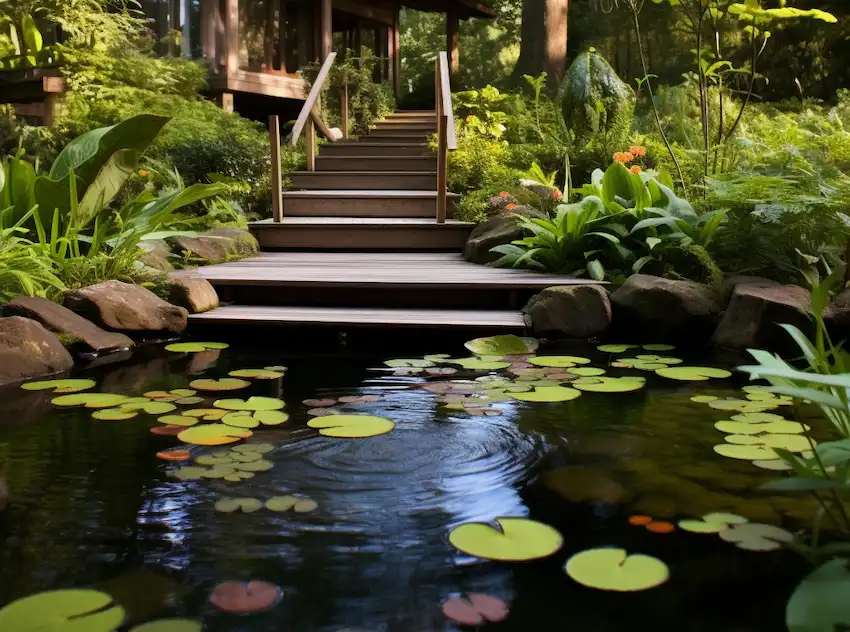
Step 1: Planning and Design
- 1.1 Site Selection: Choose a location that receives ample sunlight, as aquatic plants require sunlight to thrive and perform photosynthesis, which is crucial for water purification.
- 1.2 Size and Depth: Determine the size based on your available space and needs. A depth of at least 3 feet in the swimming zone is recommended to facilitate comfortable swimming.
- 1.3 Zoning: Allocate about 50% of the pool’s surface area to the regeneration zone for effective natural filtration.
Step 2: Construction
- 2.1 Excavation: Excavate the area based on your design, creating separate zones for swimming and regeneration. Slope the sides gently to allow for easy planting and maintenance in the regeneration zone.
- 2.2 Installing the Barrier: Install a barrier between the swimming and regeneration zones. This can be a wall made of stone, concrete, or a sturdy liner, with the top a few inches below the water level to allow water to flow but keep plants contained.
- 2.3 Lining: Line the entire excavated area with a high-quality, durable pond liner to prevent water leakage. Ensure the edges are securely anchored.
Step 3: Filtration and Circulation
- 3.1 Pump and Circulation: Install a pump and circulation system to move water from the swimming zone to the regeneration zone, where it gets naturally filtered before being cycled back.
- 3.2 Aeration: Incorporate a waterfall or fountain to aerate the water, increasing oxygen levels which are vital for keeping the water clean and clear.
Step 4: Planting the Regeneration Zone
- 4.1 Selecting Plants: Choose a mix of submerged, floating, and marginal plants. Submerged plants (e.g., elodea) oxygenate the water, floating plants (e.g., water lilies) provide shade and reduce algae growth, and marginal plants (e.g., rushes, reeds) are great for filtration.
- 4.2 Planting: Plant directly into the substrate in the regeneration zone. Arrange plants densely to maximize filtration and absorb nutrients from the water.
Step 5: Maintenance
- 5.1 Regular Checks: Monitor water levels, pump function, and plant health. Remove any dead plants or debris to prevent nutrient build-up.
- 5.2 Seasonal Care: Prepare your pool for winter by trimming back plants and protecting sensitive species if necessary. In spring, clear any accumulated debris and check the system’s functionality.
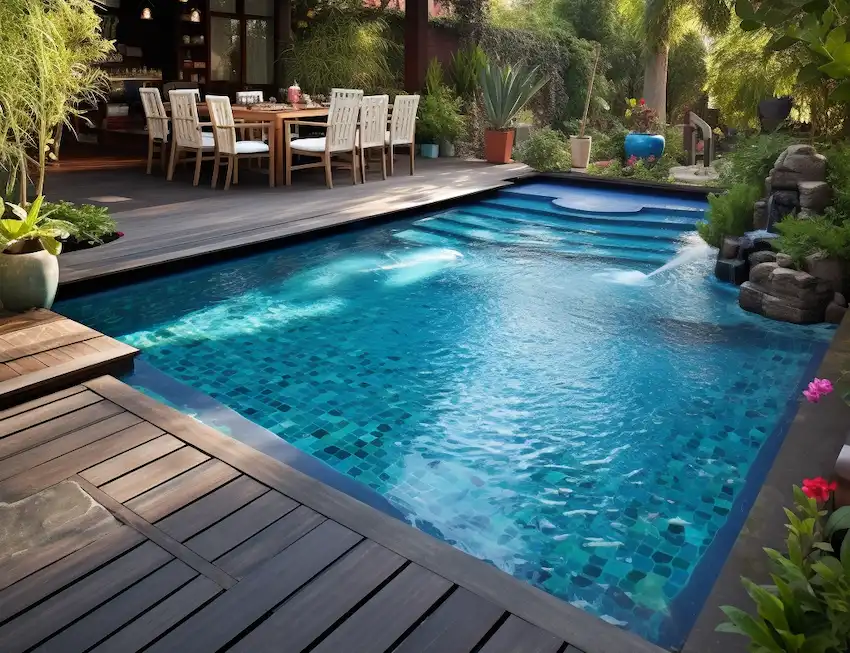
Creating a natural swimming pool or pond is a rewarding project that not only provides a unique and beautiful addition to your garden but also promotes biodiversity and environmental sustainability. While it requires careful planning, construction, and maintenance, the result is a living, breathing ecosystem that offers endless hours of enjoyment and relaxation. Dive into the world of natural water bodies and transform your backyard into a serene, eco-friendly paradise.








